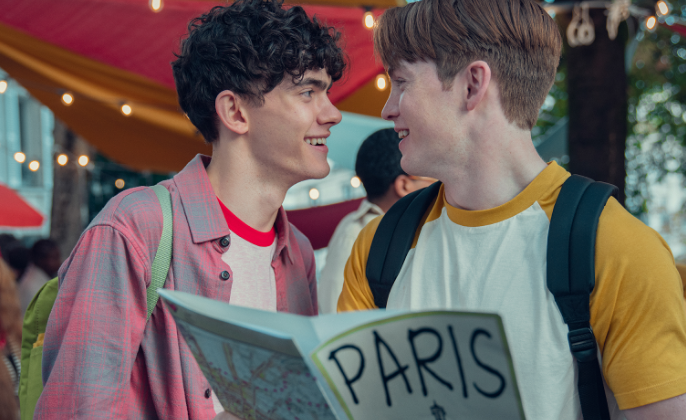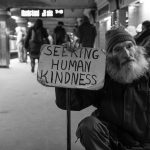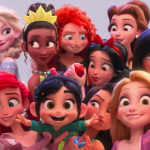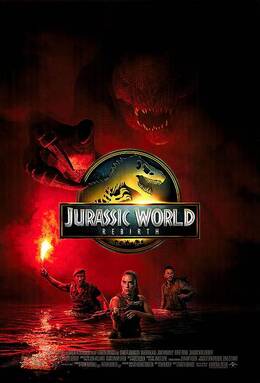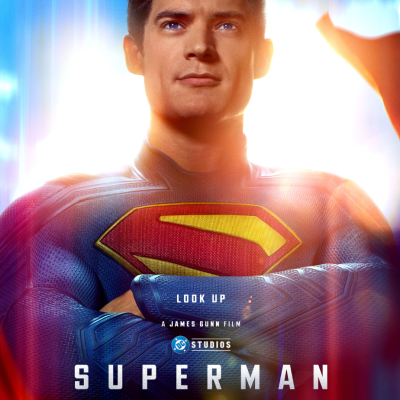The toll queer media has on the community
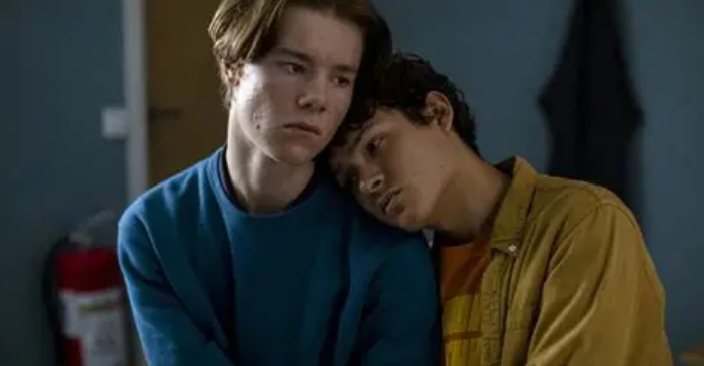
Have you ever watched a show where someone cries because of homophobia, and you suddenly feel the urge to cry about your own experiences? Have you ever seen a trans person happy in their own body, whether it’s from blockers or a binder, and you suddenly felt a bit better about your own? If any of that’s true, you’re not alone. From a queer person’s perspective, queer media representation can be uplifting or deeply traumatic. As an avid Heartstopper enjoyer–and someone with mixed Young Royals opinions–I have strong thoughts about queer media. After consuming a lot of queer content, I’ve come to the clear conclusion that happy queer media is better than sad queer media for your mental health. I’m not saying that watching a show like Young Royals is bad, just the effects it has can be tolling.
Have you ever heard of Media Dependency Theory (MDT)? If not, I’m about to be your teacher. Media Dependency Theory is the theory that people use media to fulfill their needs, whether it’s through watching two people fall in love when you’re sad, or watching someone get beaten up when you’re angry. You can use media to fulfill these desires that you might not be able to fulfill yourself for any reason. Now, what does MDT have to do with queer media? Actually, quite a lot! Although you may want to use media to experience catharsis, the media that you consume can be detrimental to your psychological well-being. You may want to use someone crying to know you’re not alone, but it can also make you even sadder knowing that someone else is upset. That’s because, believe it or not, the easiest way to be happy is knowing that you helped someone else be happy. That’s why happy queer representation matters so much. They show us we can have joy, even in our toughest moments.
When I consume queer media, it’s always sad. I can guarantee you that if I’m binge-watching a show, I’m going to cry. No matter what I watch, there’s always something sad happening. Even Heartstopper can be sad sometimes. Why is it that whenever there’s a queer character, they always have to face some sort of tragedy? This type of representation has always made me sad. Why is it that we always have to have problems when straight characters barely have any? Why do we suffer? If people’s only view of queer media is sadness or bullying, the likelihood of them coming out to people can be much less likely, as it’s assumed that it only leads to sadness and danger. We shouldn’t have to feel that our identity alone is a death sentence. I get it, we need to see the challenges we can face–but do we really have to see just the challenges? There are so many happy queer people, why are we stuck with the sad ones? We deserve happy endings, too! Thanks for coming to my TED Talk (Just kidding–there’s more).
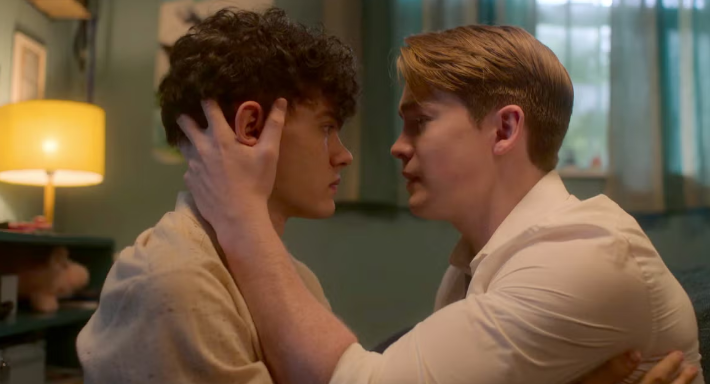
Let me quickly give some context and a summary of both shows. In Heartstopper, the two main characters are Nick and Charlie, who explore the experiences of an average teen queer couple, leaning heavily into a happy lens. On the other hand, Young Royals is about a prince, Wilhelm, who falls in love with a normie, Simon, at boarding school. They explore societal pressures and self-acceptance, leaning heavily in a darker lens. Now, ask yourself: when you’re feeling happy, why would you want to watch a show that will make you sad, when you could watch a show that will keep you happy, if not make you happier? The same goes for when you’re feeling sad, why choose pain when you could have comfort? Of course, we need realism, but it doesn’t always have to be sad. Not all queer people are sad (Shocking, I know). Happiness is just as important, if not more important, than sadness. This goes for social media, too. If you’re only getting queer news of all the terrible things happening, you’ll feel sadder about yourself. In contrast, if you’re getting queer news of all of our wins (especially in the current administration), you could feel happier about yourself. But, is there data to back that up? Yes, there is.
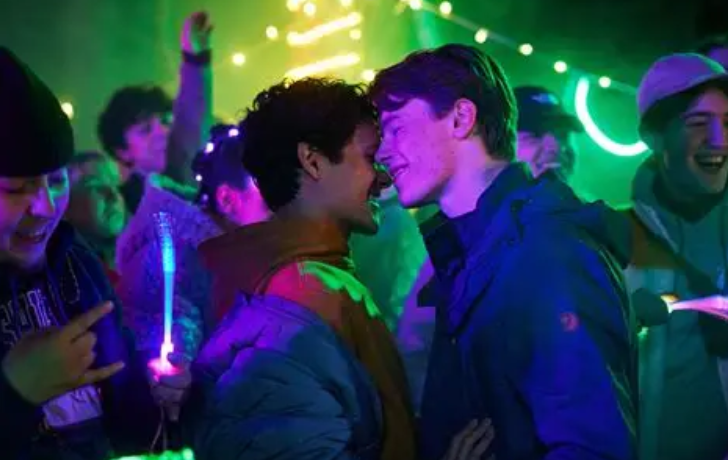
LGBTQNATION took a group of queer individuals and showed them two clips from three different shows, Moonlight, Call Me By Your Name, and Euphoria. They showed each individual one happy clip and one sad clip from each show depicting queer people. Unsurprisingly, the results showed that watching happy queer people reduced their anxiety and depression levels, whereas watching sad queer people worsened them. Clearly, happy queer media helps queer people.
At the end of the day, queer people deserve the same happy endings straight people do. It’s unfair how we’re pushed to the sidelines or stereotyped into a certain genre, especially gay, male characters (seriously, they’re not all bubbly and enthusiastic). Realism is important, but happiness is just as important. Queer people are happier with happy queer representation, like Heartstopper or Love, Simon. We deserve to be joyful, not just barely hanging on. We are human, and we deserve stories that reflect that. The media we consume shapes what we think of ourselves, and when we see ourselves as sad, bullied, and disrespected all the time, we feel the same way. We belong in every story, even the happy, loving, and light ones.
